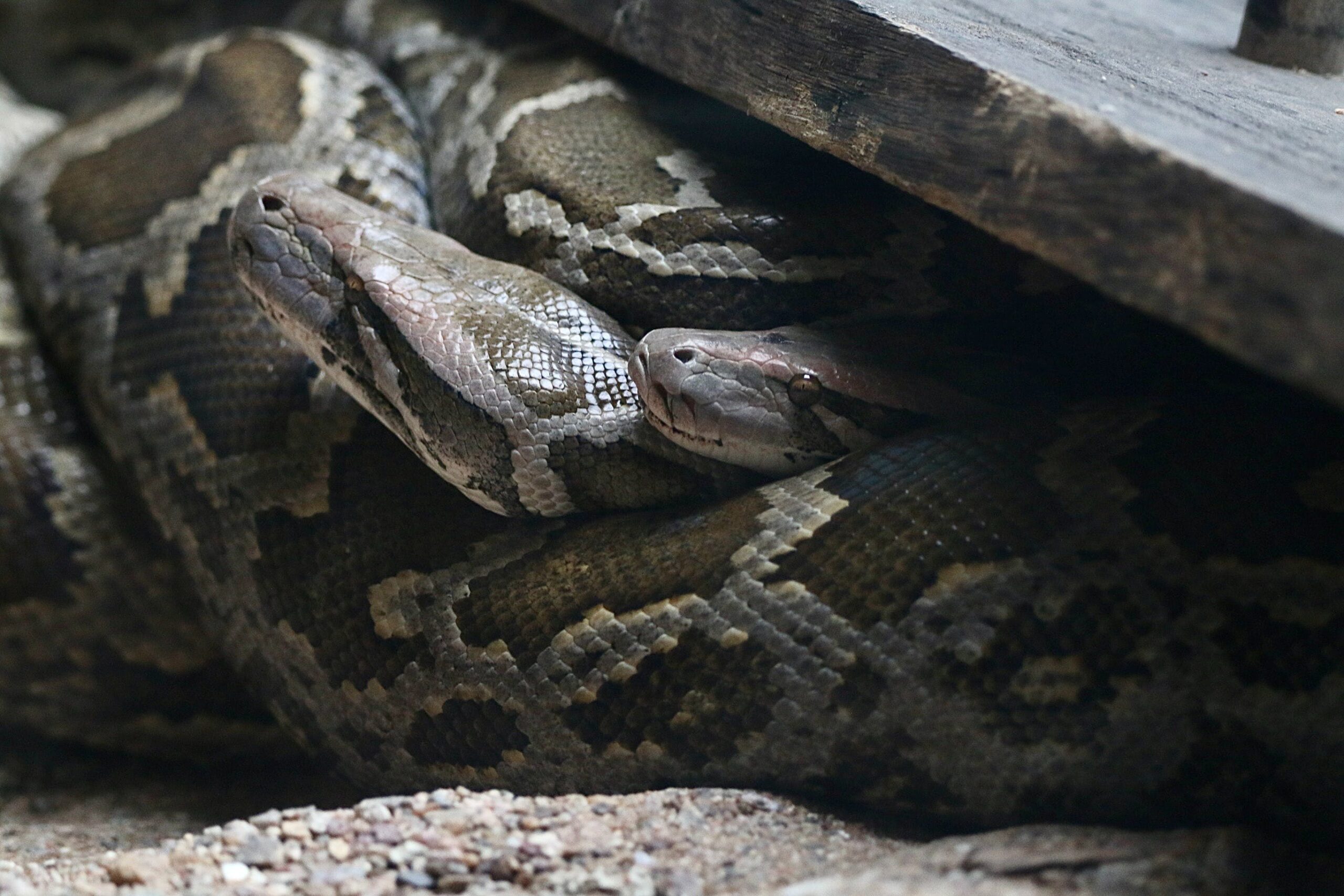Need Snake Removal ASAP?
Give us a call for 24/7 Emergency Wildlife Control & Removal in Dallas/Fort Worth.
(817) 606-7607Contact UsContact UsFinding a snake in your home’s crawl space or walls can be a frightening experience. In order to avoid such encounters, it’s important to understand why snakes are attracted to crawlspaces and walls. We’ll look at these reasons, as well as practical ways to keep snakes out.
Why Are Snakes Attracted To Crawlspaces?
- Shelter and Protection: Often times, weather might provoke snakes to seek sanctuary in crawlspaces. Because these enclosed spaces protect against predators and inclement weather, crawlspaces make a great refuge.
- Warmth and Hibernation: Snakes are ectothermic, which means they get their heat from outside sources. Crawlspaces frequently provide a warm and sheltered environment, particularly during the winter seasons, enticing snakes to take sanctuary and possibly hibernate in these regions.
- Accessibility: Because of their proximity to the earth, snakes can easily enter crawl spaces. Small cracks or gaps around the foundation can act as access points for snakes, allowing them to enter and explore the space.
Factors of Interest Within Walls:
- Rodent Presence: Furthermore, walls can be home to rodents, which are a key source of food for many snake species. Snakes may be enticed to mouse scents or follow rodent trails into walls in search of prey.
- Concealed pathways: The complex network of spaces within walls provides snakes with a network of hidden pathways. This perilous setting gives both security and chances to hunt.
- Structural Gaps: Snakes enter homes through cracks, holes, or gaps in the construction. These critters may exploit vulnerabilities in walls, particularly those near to the outdoors, to gain access.
Snake Warning Signs:
- Sounds: The presence of snakes may be indicated by hissing, slithering, or rustling sounds within walls or crawl spaces. If you fear snakes are nearby, use care and seek professional help.
- Shed Skin: Additionally, snakes shed their skin on a regular basis. Snake-shaped casings in these places indicates snake activity.
- Snake droppings: Though frequently unobtrusive, snake droppings are characterized by their tubular shape and chalky appearance. The discovery of droppings may suggest snakes.
Preventive Actions:
- Seal Entry Points: Inspect the exterior of your property thoroughly, giving special attention to the foundation and walls. To prevent snake from netering, seal any gaps, fissures, or openings that could allow snakes to enter.
- Eliminate Attractants: Remove elements that attract snakes, such as rodents. To limit the presence of possible snake prey, reach out to professional wildlife control services.
- Regular Inspections: Look at your crawl spaces and walls on a regular basis for evidence of snake activity. Early detection enables rapid intervention and will deter snake attraction to crawlspaces and walls.
- Professional Help: If you locate a snake in your crawlspace or walls, contact a professional for safe removal. Handling snakes without the proper knowledge might endanger both the inhabitants and the snake.
In order to avoid dangerous snake interactions, it’s imperative to understand why snakes are attracted to crawlspaces and walls in homes. By sealing access points, removing attractants, and conducting frequent inspections, residents can ward snakes away and maintain a secure, snake-free house. Rapid action and preventive measures create a peaceful coexistence between homeowners and the reptiles.
Are you in need of snake removal? Our friendly operators at Dallas Fort Worth Wildlife Control are available now at (817) 606-7607. Find out more about our wildlife removal in Arlington and Fort Worth, TX.


